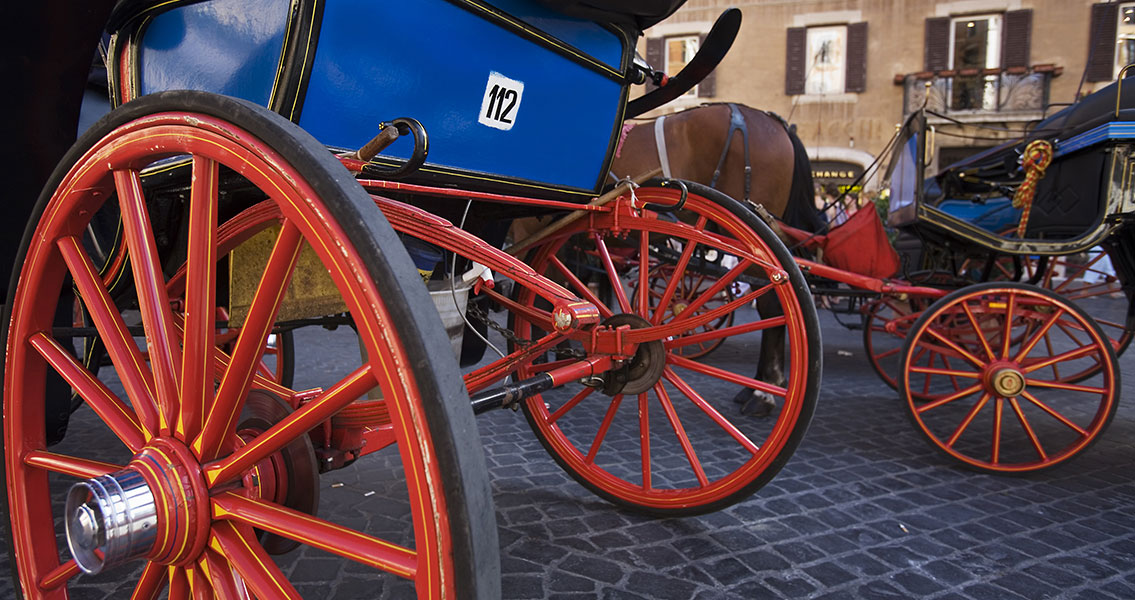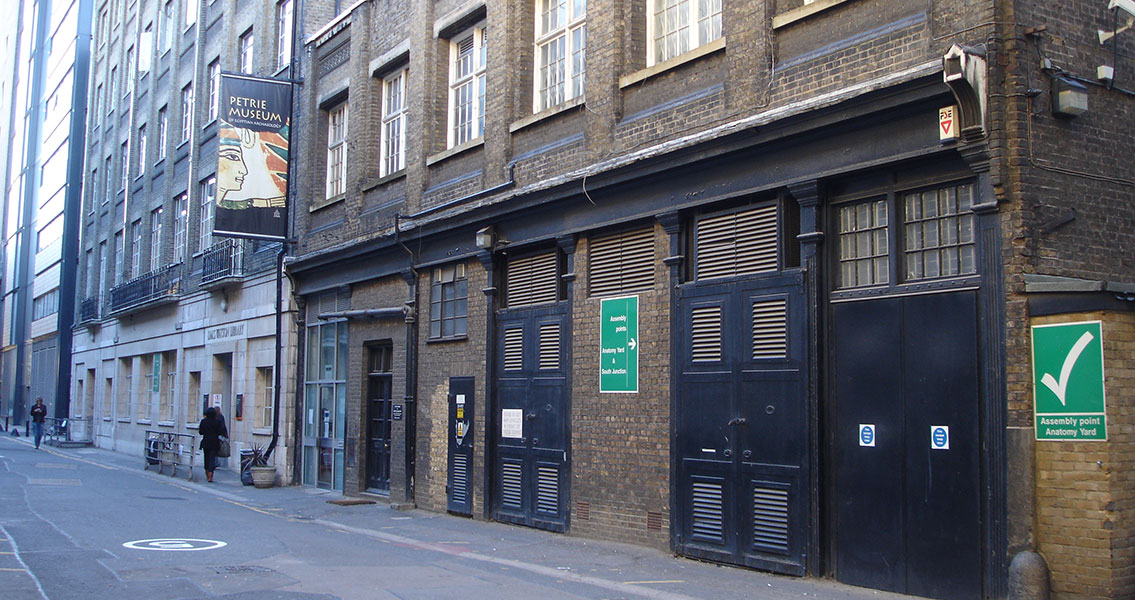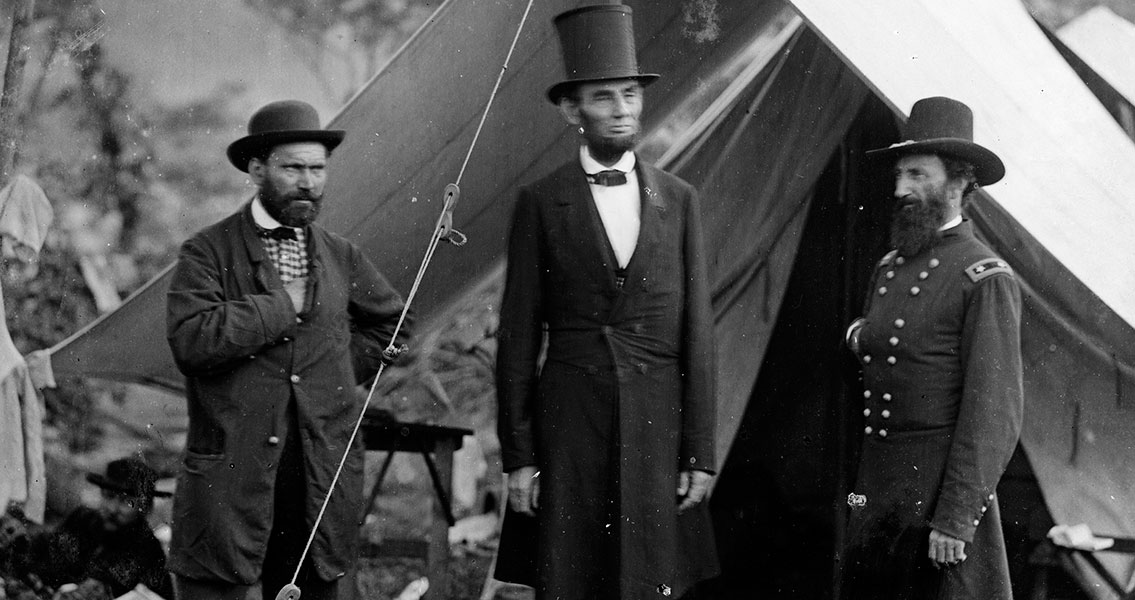revelations about Bronze Age life in the UK for several months now. The level of preservation of the artifacts and dwellings of the settlement, which was arranged on stilts and jutted over what was a large river at the time, has prompted researchers to nickname the site “Britain’s Pompeii.” The newest find continues in this trend of remarkable preservation. The wooden wheel found by archaeologists near one of the largest of the roundhouse dwellings at Must Farm dates to anywhere between 1,100 BCE to 800 BCE, is around three feet in diameter, and still contains its hub. Cambridge Archaeological Unit’s David Gibson, the leader of the dig, said to the BBC that the discovery of the wheel shows how the river settlement was linked closely to the dry land beyond. Historic England’s chief executive, Duncan Wilson, also commented on the unprecedented discovery, remarking that both its completeness and size is highly noteworthy, as it marks the earliest complete wheel of its kind – nearly miraculous considering how fragile the wheel is. Wilson added that the mere fact of the wheel’s existence provides additional information that helps historians to understand the technology used during the Late Bronze Age and what the lives of people living during that time would have been like. The new find is indicative of the unique quality of the quarry site, according to Gibson. At least two roundhouses were discovered earlier in 2016, with the possibility of a third such dwelling having been constructed for the settlement as well. All of the buildings have been dated to between 1,000 BCE and 800 BCE, with the wooden timbers having fallen into the river after a fire ravaged Must Farm; thanks to the silt of the riverbed, the remains of the buildings survived to be found some 3,000 years later. The fact that a large wooden wheel was found in the ruins of what had once been a settlement built on stilts over a large, rushing river does raise several questions among researchers. Chris Wakefield, an archaeologist working on the site, told the BBC that along with the partial skeletal remains of a horse found in early January, the wheel could indicate the presence of a horse-drawn cart, but it’s still much too early to be able to draw any conclusive connections between one and the other. Horses were highly uncommon in the Bronze Age, Wakefield added, which complicates matters even further; the archaeologist said it could be several years before sample data analysis of the Must Farm finds are complete. More information and images of the wheel are available from Historic England Image courtesy of Jorge Royan]]>







